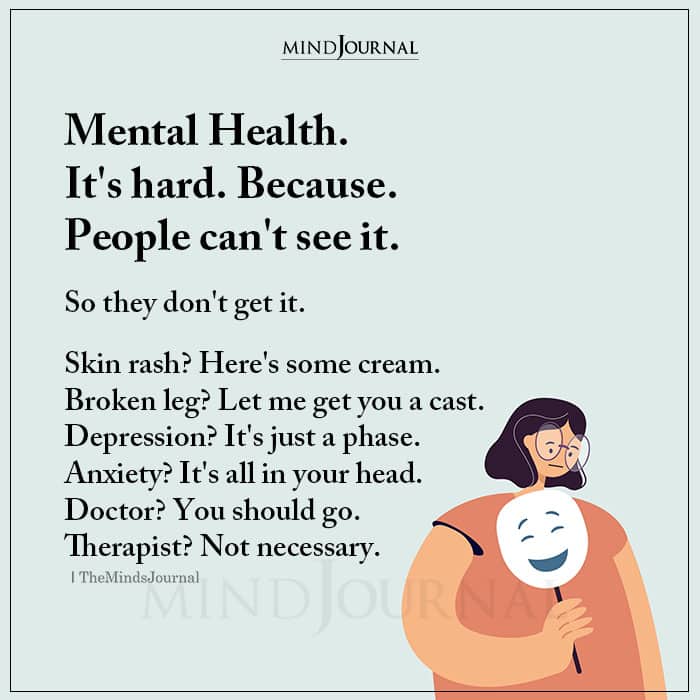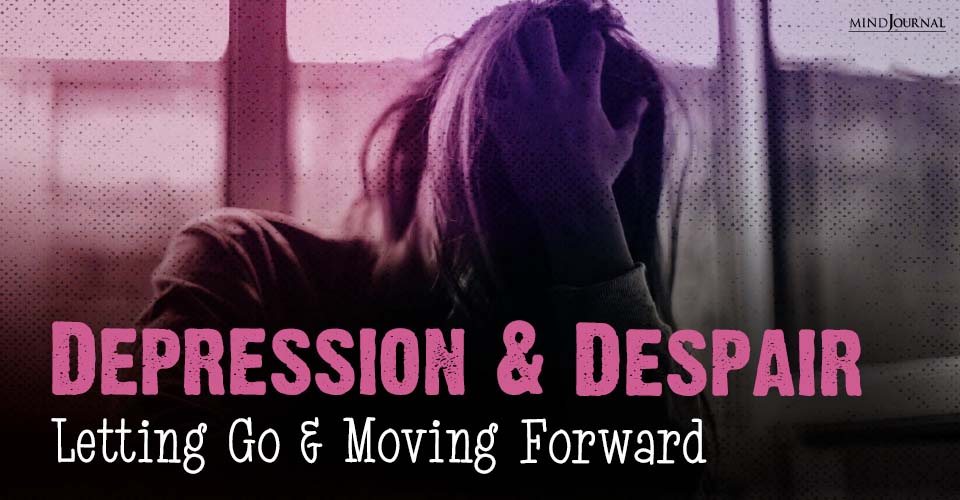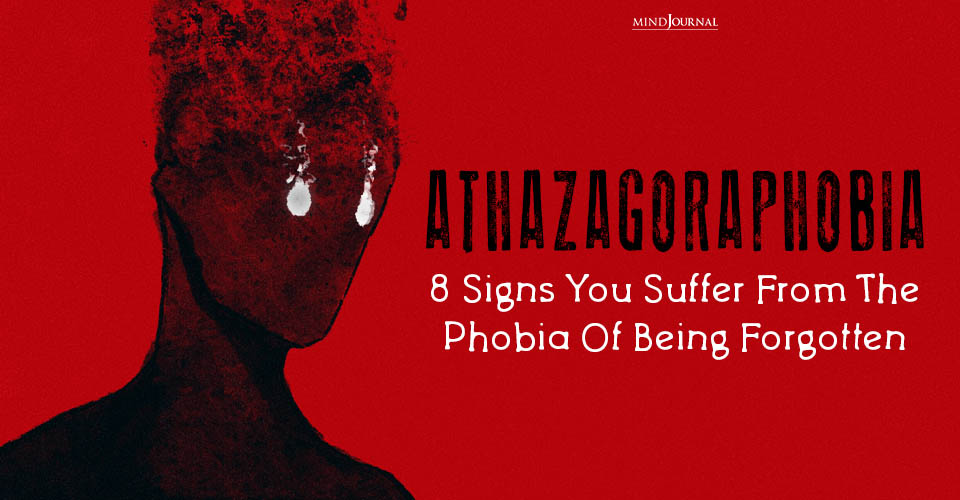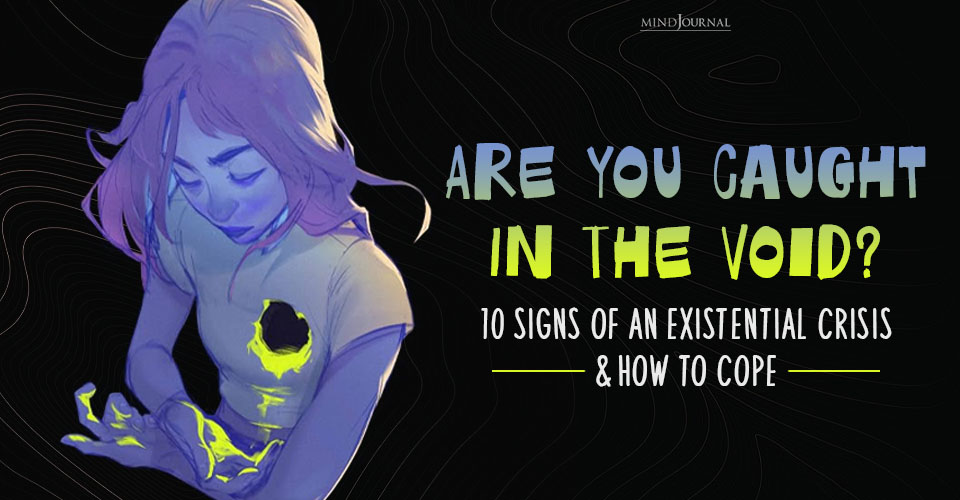Have you ever felt a profound sense of loss and disconnection, even while standing in a place you once called home? It is more than just nostalgia! Understanding solastalgia meaning helps us to understand our relationship with our environment.
We will delve into three primary causes of solastalgia. These insights will not only inform but also leave you with a deep appreciation for the relationship between your emotions and the ever-changing landscapes of your lives.
What is Solastalgia?
Solastalgia, a term born from the fusion of ‘solace’ and ‘algia,’ carries profound significance in our understanding of the emotional impact of environmental change. To comprehend solastalgia meaning, we must first explore what is solastalgia.
So, what is solastalgia? At its core, solastalgia refers to the emotional pain and distress experienced when individuals witness the transformation or degradation of their beloved places due to environmental shifts or disruptions.

According to Australian environmental philosopher Glenn Albrecht, solastalgia is a form of depression that is specifically linked to the disruption or degradation of one’s environment. Glenn Albrecht was the first person to coin the term,’solastalgia’.
This concept differs significantly from nostalgia, which often involves a longing for a bygone era. Solastalgia is more immediate, focusing on the distress that arises when the place one calls home is under imminent threat.
Read More: Is There Any Link Between Changes In Climate And Sleep Loss?
It is not rooted in the past but rather in the present, as it reflects the erosion of one’s sense of place and identity caused by ongoing environmental changes.
The impact of solastalgia is not confined to a mere sense of nostalgia or longing for the past. It extends into the future as well. People affected by solastalgia often seek ways to create new sources of comfort and connection in their evolving environment, actively working towards maintaining their sense of solace.
Case Study: Sarah’s Struggle with Solastalgia
In oder to best understand Solastalgia Meaning we have presented a case study below.
For years, Sarah’s life was a picture of serenity. Every summer, she and her friends would gather at their favorite spot on the beach. The smell of salty sea air, the warmth of the golden sands, and the laughter echoing through the coast became an indelible part of her existence. As the years passed, this annual ritual held a deep sense of belonging and joy.
But nature’s tranquility was slipping away. The coastal town experienced a sudden and intense series of storms, each more devastating than the last. Rising sea levels and increased flooding started to erode the beloved beach. The same place that once symbolized comfort and belonging was now disappearing beneath the waves.

As the beach shrank and became unrecognizable, Sarah was struck by an overwhelming sense of powerlessness. The very source of her solace, the place where her dearest memories were woven, was vanishing. She felt a profound disconnect from the home that had once provided solace.
Sarah’s journey is a poignant case study in what is solastalgia, highlighting the profound impact environmental change can have on one’s emotional well-being.
Solastalgia Meaning in Different Cultures
Solastalgia is a term coined to describe this emotional turbulence, and speaks to a deep-seated pain that emerges when we witness the degradation of our beloved landscapes due to environmental shifts or human interference.
Understanding Solastalgia Meaning is intricately linked to its impact on different cultures. The following are the ways indegenous and western cultures look at solastalgia.
1. Indigenous Communities
For Indigenous communities, the experience of solastalgia is especially important. As their cultural traditions and ancestral lands erode before their eyes, they grapple with a sense of loss which is common in solastlgia. Their attachment to “country” runs deep, a connection that’s often challenging for those from Western cultures to fully comprehend.

Understanding what is solastalgia in terms of how indegenous societies look at it shows us the connection humans had to their lands.
The Indigenous Australian song from the Oenpelli region encapsulates this deep bond with the land, where “country” is not just a place but a living entity with a consciousness and a will toward life.
2. Western Communities
In Western societies, there has been a concerning upsurge in psychiatric disorders and suicide rates. The relentless march of urbanization, economic pressures, and environmental changes has left many feeling adrift. Rarely do we consider the environmental context as a contributing factor, yet landscape degradation, such as soil erosion and pollution, can intensify these issues.
These tales provide a poignant illustration of Solastalgia in action. Communities besieged by industrialization are experiencing a profound sense of powerlessness and alienation. The assault on their environment, physical health, and emotional well-being has left them grappling with distress and despair.
Symptoms of Solastalgia
Solastalgia is indeed a relatively new concept, and as such, there is ongoing research to define and understand its specific symptoms. However, it is recognized that solastalgia shares similarities with depression, grief, and anxiety due to the emotional distress caused by environmental changes.
The following are some of the symptoms of solastalgia:
1. Anger and Frustration
Individuals may feel anger and frustration, often stemming from a sense of powerlessness or frustration over the impact of environmental changes.
2. Sadness and Grief
Solastalgia shares similarities with grief, and individuals may experience profound sadness over the loss or degradation of their beloved environments.
3. Anxiety
The distress caused by environmental changes can lead to feelings of anxiety, often related to the uncertainty and unpredictability of these changes.
Read More: What Is Anxiety? 19 Signs, Causes, Self-Help Tips, FAQs
4. Despair
A sense of hopelessness and despair may accompany solastalgia, as individuals grapple with the emotional toll of environmental shifts.
5. Disconnection
Solastalgia can result in feelings of disconnection from one’s land, territory, and even one’s sense of self.
6. Powerlessness
A common symptom is a feeling of powerlessness in the face of environmental degradation and change.
These are the common signs of what is solastalgia.
Causes of Solastalgia
Here are some key insights into the causes of solastalgia:
1. Climate Anxiety and Solastalgia
The concept of solastalgia meaning underscores the connection between a person’s sense of place and belonging. It is connected to our well-being and how changes in our environment can lead to emotional and psychological consequences.
Climate anxiety, on the other hand, is a broader term that encompasses a range of emotional and psychological responses to the challenges posed by climate change.
Read More: Climate Anxiety: The Silent Epidemic Impacting Millions – Are You Affected?
It includes not only the distress associated with changes in one’s immediate environment but also the anxiety and fear about the broader implications of climate change on a global scale.
Both solastalgia and climate anxiety reflect the growing recognition that environmental well-being is intricately connected to mental health. As people witness and experience the impacts of climate change, they may grapple with various emotional responses, from sadness and anxiety to anger and despair.
2. Traditions and Memories
Solastalgia is closely tied to the disruption of traditions, memories, and activities associated with a particular environment. When climate change or other environmental factors affect these cherished practices, it can evoke feelings of sadness, fear, and nostalgia.
These illustrate how solastalgia meaning can affect individuals on a personal and emotional level. The loss of a winter sledding tradition or the inability to witness cherry blossoms in full bloom can trigger powerful emotions because these experiences are deeply ingrained in a person’s memory and sense of place.
Solastalgia is, in essence, the emotional toll exacted by the alteration or loss of these cherished experiences.
3. Environmental Changes
Solastalgia can be elicited by a wide range of environmental changes, including droughts, floods, forest fires, air quality deterioration, extreme cold, and heat waves. These changes may disrupt not only landscapes but also the overall well-being of individuals. Solastalgia is not limited to changes in physical landscapes but extends to the broader impacts of environmental transformation.

For example, individuals who experience air quality deterioration due to factors like industrial pollution or wildfires may also develop solastalgia feelings, especially if it affects their health or quality of life. This highlights the interconnectedness of environmental well-being and mental health.
Treatment of Solastalgia
Coping with solastalgia, can be a challenging journey, as it often feels like the very essence of what was once comforting and familiar is slipping away.
While there’s no easy fix for this chronic condition, several strategies can help those affected navigate their emotions and find a sense of solace. Understanding solastalgia meaning can go a long way in treating those affected.
It is crucial to seek a proper diagnosis from a doctor or mental health professional to confirm that solastalgia is indeed the source of distress. Once diagnosed, the journey towards healing begins.

One of the central challenges in coping with solastalgia is the feeling of helplessness – the sensation that the changes in your environment are beyond your control.
Cognitive and Psychotherapy
Cognitive Behavioral Therapy, often referred to as “talk therapy,” can provide a valuable outlet for expressing anxieties and emotions related to the loss of one’s home or natural environment. In addition to CBT, psychodynamic therapy can help individuals understand how their current feelings are rooted in past experiences.
These therapeutic approaches, when combined with medication like antidepressants or anti-anxiety drugs, can help alleviate the symptoms of solastalgia.
While it may be impossible to fully rebuild a lost home or recreate cherished traditions affected by climate change, finding ways to create new traditions, cultivate new communities, or redefine what “home” means can provide a sense of comfort and belonging. Making plans for the future, whether big or small, redecorating your living space, or engaging in activities that bring joy and peace can be immensely therapeutic.
Finding Solace
In the quest to understand what is solastalgia, its causes, and potential treatments we have explored the relationship between our emotional well-being and the changing landscapes that surround us.
Solastalgia isn’t merely nostalgia; it’s a complex emotional terrain where grief, despair, and anxiety intersect. Unlike nostalgia, which often involves a longing for the past, solastalgia is immediate, rooted in the present, and marked by a sense of imminent threat.
In the face of environmental change, strategies to combat feelings of helplessness are indispensable. These include therapeutic approaches such as Cognitive Behavioral Therapy (CBT) and psycho dynamic therapy, often complemented by medication.
Moreover, forging new traditions, nurturing communities, and redefining the concept of “home” provide not just solace but a path towards healing and resilience.
It’s a reminder that even amidst profound shifts, the human spirit can adapt, find comfort, and ultimately thrive.
Frequently Asked Questions (FAQs)
1. What does solastalgia mean?
Solastalgia refers to the emotional distress and pain experienced when individuals witness the degradation or transformation of their beloved places due to environmental shifts or human-induced disruptions.
2. Who coined the term ‘solastalgia’?
The term ‘solastalgia’ was coined by Australian environmental philosopher Glenn Albrecht.
3. What are the symptoms of solastalgia?
Symptoms of solastalgia include anger, chronic fatigue, sleep disturbances, despair, stress, guilt, hopelessness, weight changes, and general sadness.
4. Can solastalgia be a mental illness?
Solastalgia is not classified as a mental illness but shares similarities with depression, grief, and anxiety due to its emotional distress caused by environmental changes.
5. How is Solastalgia and Climate Change related?
Solastalgia is closely related to climate change and environmental shifts as it highlights the emotional and psychological consequences of these changes, emphasizing the interconnectedness of environmental well-being and mental health.










Leave a Reply